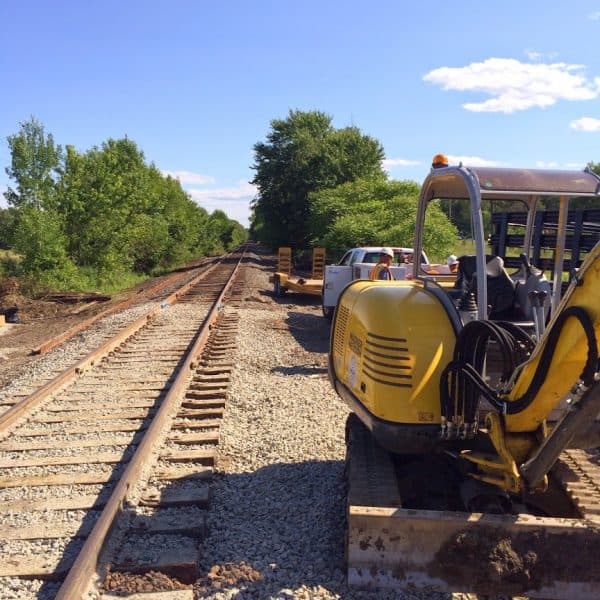Field Guide to Trains is a Rail Geek’s Right Arm

I’ll admit to being a bit of a railroad geek. I am fascinated by the tracks, the signals, the locomotives, the cars and the detailed interworkings of how transit systems get people from one place to another. So you can imagine my delight when I got a new book in the mail, called “Field Guide to Trains, Locomotives and Rolling Stock,” that is a railroad car compendium and ‘your complete guide to everything on the rails today.’
I love poring through books like this. From the intricate details about historic steam locomotives, to bullet trains whizzing along on rails through Europe, to lowly streetcars, both vintage and new are all examined, showed in color and detailed. This book is crammed full of color photos, and divided into chapters such as commuter rail, freight cars, self propelled trains etc.

The book is also a treasure trove of little known facts:
Plain boxcars were once the universal conveyor of railroad freight, and once carried most everything. Today more specialized cars are used, especially intermodal units that go from train to truck. In 1980, American railroads had more than 251,000 of these and 179,000 insulated or specialty cars. Now 30 years later, that number is down to 12,078 boxcars and 83,436 of the specialty car. But today’s boxcars are up to 70 feet long, versus a typical 40-foot boxcar of the 1930s.
Author Brian Sullivan has written more than sixty books, truly he’s a railroad fan and lover of trains, since nearly all of his titles are about this subject. He was once the editor of Pacific RailNews.
Buy this book on Amazon Field Guide to Trains
